Which Famous Artist Has Your Myers-Briggs® Personality Type?
Is there any particular artist you feel a special connection to? Do you ever see a painting or drawing and feel irresistibly drawn to it? Artwork can express something deep inside of us that words cannot. A piece of artwork can capture a moment in time in a way that even a photograph can’t. Anyone can be an artist, you don’t have to have a particular personality type, but different types tend to prefer different types of artwork. Intuitives are drawn to symbolic images that are drawn from the imagination. Sensors tend to appreciate realism and historical artwork.
It took quite a while to compile this list of artists, but eventually, I found a creator from each personality type. I hope looking at this list will inspire you to explore your creative side!
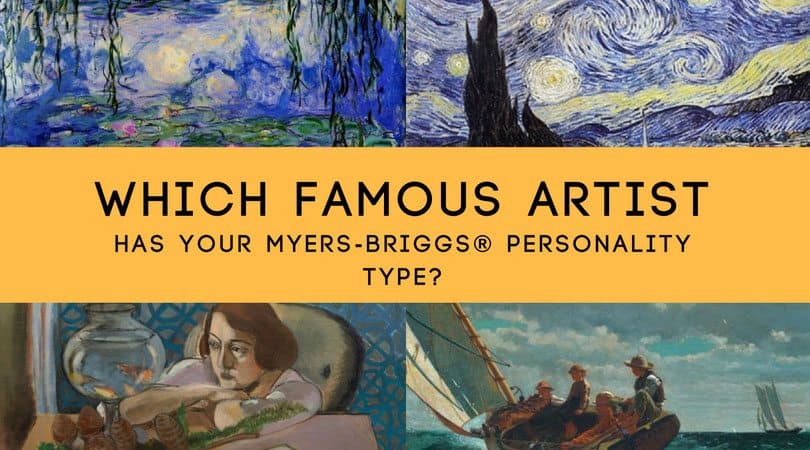
Not sure what your personality type is? Take our new personality questionnaire here. Or you can take the official MBTI® here.
If you want to learn more about how you can develop your creative gifts based on your type, check out one of my favorite books, Creative You: Using Your Personality Type to Thrive
ENFP – Salvador Dali
“Surrealism is destructive, but it destroys only what it considers to be shackles limiting our vision.”
– Salvador Dali
Salvador Dali was a Spanish surrealist painter who perfectly captured the imagination and creativity of the ENFP. Dali saw not what things were, but what they could be transformed into. Dali was always curious about the world, about everything happening around him, about exploring potentials and visions. He also used his paintings to express his identity and personality, which is a great example of how ENFPs can express Fi through artistic means.
ENTP – Leonardo da Vinci
“Art is never finished, only abandoned.”
– Leonardo da Vinci
Leonardo da Vinci captures the innovative, theoretical vision of the ENTP. He was constantly experimenting with new themes in invention and art; fluidly blending theories of mathematics with psychological themes and anatomical realism. He was a man of many visions who sought to experiment and understand new possibilities and unforeseen potential in the world.
INFP – Vincent Van Gogh
“I put my heart and soul into my work, and have lost my mind in the process.”
– Vincent Van Gogh
For Van Gogh, painting was an expression of his innermost heart and soul. He was a true idealist, who believed in showing love to the downtrodden, maintaining his authenticity, and living a life that was in accordance with his values. He was known as quiet, thoughtful, and imaginative, and sadly he suffered from much despair and a feeling of being misunderstood in his short lifetime.
In true intuitive form, Van Gogh eschewed traditional painting techniques in favor of creating from his imaginative impressions. His lush, emotion-fueled paintings capture the creativity and depth of the INFP.
INTP – J.M.W Turner
“If I could find anything blacker than black, I’d use it.”
– J.M.W. Turner
J.M.W. Turner was a shy academic who had an unconventional form of artistry. He once hung blank canvases at a prestigious Royal Academy exhibit and when the show began he spontaneously painted his entries. He believed in giving his imagination time to process and create on its own time. While his method may have seemed haphazard and disorganized to others, there was an internal method and expertise that couldn’t be denied. According to a biography of Turner by James Hamilton, he “drove the color about on the paper until an image emerged that expressed the idea in his mind.”
ENFJ – Henri Matisse
“What I dream of is an art of balance, of purity and serenity devoid of troubling or depressing subject matter – a soothing, calming influence of the mind, rather like a good armchair which provides relaxation from physical fatigue.”
– Henri Matisse
Henri Matisse was known for his warmth, enthusiasm, and personal relationship with his subjects. He always taught his models to imagine how their character would feel in a particular scene. The feelings of the model were more important than the actual perfection of the pose. Matisse was a man of vision and rich emotions, and these translate into his bold, vibrant paintings.
ENTJ – Claude Monet
“I wear myself out and struggle with the sun. And what a sun here! It would be necessary to paint here with gold and gemstones. It is wonderful.”
– Claude Monet
Many might be surprised to find that the painter of water lilies and gardens was an ENTJ. Although his paintings are full of sweeping beauty and delicate pastel colors, Monet himself was hardly a delicate flower. He was considered dauntless, commanding, and a perfectionist. In his day, painting nature was unconventional, and painting outdoors was looked down upon. He had no desire to copy the old masters, or follow in traditional footsteps, but instead aimed to paint new pieces that had never before been seen. Monet cast aside convention and fearlessly defied the norm. He was led by his great vision and hard work. He is an excellent example to any ENTJs who feel driven to pursue their creative endeavors.
INFJ – Odilon Redon
“Nothing in art is achieved by will alone. It is achieved by docilely submitting to the subconscious.”
– Odilon Redon
Odilon Redon was an artist who drew almost entirely from his dreams, visions, and imagination. His symbolic imagery is a perfect example of what you would find in an artist driven by Introverted Intuition. He often used “floating” heads in his drawings to symbolize the desire to free oneself from the shackles of the ordinary, mundane world. He believed in exploring a higher state of consciousness and he was able to do this by painting or drawing his dreams, his “monsters”, and his abstract thoughts. He was known as a kind-hearted, melancholy artist who loved to spend his time in solitary reflection and contemplation.
INTJ – Arnold Böcklin
Arnold Bocklin was known as a serious, complex artist who felt compelled to bring his visions to life. He often drew in symbolic, melancholy visions that had an eerie yet beautiful atmosphere to them. He loved the surreal and imaginative more than the traditional and realistic forms of artistry, and his masterpieces have proven timeless. His artistry is a perfect example of the deep symbolism and mythological yearnings of the Ni-dominant mind.
ESFJ – George Hughes
George Hughes was a man who favored community and tradition, perfectly capturing family life and American living in scenes that are both humorous and beautiful. While photography was taking the country by storm, Hughes’s artwork continued to be chosen for magazine covers because of its emotion, beauty, and humor. Hughes knew how to capture a moment in time in an idyllic American landscape. His work is realistic, formed around tradition, community, and perfectly captures a multitude of feelings and emotions from its subjects.
ESTJ – Emanuel Leutze
Emanuel Leutze was a German-born American historical painter whose picture “Washington Crossing the Delaware” is among one of the most popular and widely produced paintings of an American historical event. He was a determined, responsible man who sold his paintings from the age of 14 so he could support himself after his father’s death. He was known for his attention to detail and his outgoing, responsible personality. His life embodied the hard-working nature of the ESTJ and his artwork captured the realistic detail that many sensing artists excel at.
ESFP – Frederic Remington
“Art is a she-devil of a mistress, and if at times in earlier days she would not even stoop to my way of thinking, I have persevered and will so continue.”
– Frederic Remington
Frederic Remington was an American painter, illustrator, and sculptor who was known for his vivid illustrations of life in the “Wild West”. He was known for being active and adventurous; he loved to hunt, swim, ride, and go camping. He cared little for formal education, preferring to explore and be active in the outer world and capture it with his sketches of soldiers and cowboys. He was known as a pleasant, fun-loving man with a good sense of humor and a generous spirit. He enjoyed making caricatures of his classmates to bring them laughs and he always preferred to paint scenes full of action and movement. He was skilled at football and boxing and enjoyed combining his athletic pursuits with his love of art and the Western landscape. Remington is an excellent example of how an ESFP can capture their love of action, adventure, and even humor in timeless artwork.
ESTP – John James Audubon
“Hunting, fishing, drawing, and music occupied my every moment. Cares I knew not, and cared naught about them.”
– John James Audubon
John James Audubon was an American ornithologist, artist, and naturalist who painted hundreds of American birds in their natural habitats. He was known for his gregarious, adventurous nature, and his love of the wild, unexplored lands of North America. He strove for accuracy, and his goal was to accomplish something no other artist had done: to illustrate all the birds of North America. Audubon captures the daring, adventurous nature of the ESTP and his artwork showcases the detailed realism many SP artists employ.
ISFP – Winslow Homer
“The life that I have chosen gives me my full hours of enjoyment for the balance of my life: the sun will not rise, or set, without my notice and thanks.”
– Winslow Homer
Winslow Homer was an American painter whose works are considered among the most powerful and expressive of late 19th-century American art. Homer was known as a thoughtful and reclusive man, who would go to great lengths to capture the struggle between mankind and the forces of nature. He longed to capture humanity in its humble states; he captured the struggle of women taking care of the home while their men were at war, or sailors braving a fierce storm. His art is fueled with emotion and the beauty and tumult of everyday life. He perfectly captures the aesthetic expertise and emotional depth of the ISFP.
ISTP – Georgia O’Keeffe
“I don’t very much enjoy looking at paintings in general. I know too much about them. I take them apart.”
– Georgia O’Keeffe
Georgia O’Keeffe is an American artist best known for her paintings of enlarged flowers and New Mexico landscapes. She was known for being practical, straightforward, and unsentimental in her outlook. She surprised fans of her work when she clearly stated, “I hate flowers – I paint them because they’re cheaper than models and they don’t move.” Her joy was in creating and in the physical process. She enjoyed working alone and playing with her materials, improvising, and working quickly to create new and unusual ideas. O’Keeffe is a wonderful example of how you can remain unsentimental and detached yet still create inspiring artwork for the world.
ISFJ – Norman Rockwell
“I talk as I sketch, too, in order to keep their minds off what I’m doing so I’ll get the most natural expression I can from them. Also, the talking helps to size up the subject’s personality, so I can figure out better how to portray him.”
– Norman Rockwell
Norman Rockwell was an American illustrator and painter who captured everyday life in nostalgic images of small-town America. He told marvelous stories through pictures and had a depth of insight into human emotion. He aimed to draw expressions that were so true to the emotion of the character that you couldn’t help but relate to or laugh at the sincerity. Rockwell was known as a reserved, introspective man who infused his values into his work. He was extremely observant about people and loved to capture their true emotions and personality in each portrait. ISFJ artists notice the details that make each person unique, and they can see the beauty in everyday moments that pass other people by.
ISTJ – Edward Hopper
“My aim in painting has always been the most exact transcription possible of my most intimate impression of nature.”
– Edward Hopper
Edward Hopper was a realist who depicted stark urban landscapes and isolated figures in stunning clarity. He was known for his serious demeanor, and he disliked self-promotion or anything “showy”. He believed in being true to history, which caused him professional discord from time to time. Once, when he was hired to design a movie poster featuring the Napoleonic wars, he illustrated the soldiers in French uniforms of that period only to be instructed later to cater to popular American taste. He disliked this because he felt it was inauthentic, and hated improvising or creating something that didn’t maintain historical accuracy. Hopper was known for being responsible, quiet, and observant. He perfectly captures the accuracy and detail-oriented nature of the ISTJ personality.
What Do You Think?
Do you have a favorite artist on this list? Do you have a favorite artist that you’d like to add? Let me know in the comments?!
Find out more about your personality type in our eBooks, Discovering You: Unlocking the Power of Personality Type or The INFJ – Understanding the Mystic. You can also connect with me via Facebook, Instagram, or Twitter!
Liked this post? Then you’ll love these!
Which Intuitive Author Has Your Myers-Briggs Personality Type?
Which Sensor Author Has Your Myers-Briggs Personality Type?
Which Board Game Will You Dominate Based on Your Personality Type
The Greatest Movie Heroes of Every Myers-Briggs Type
This article contains affiliate links. I only recommend products I truly believe in.
Sources:
Creative You: Using Your Personality Type to Thrive
Lives of the Artists: Masterpieces, Messes (and what the neighbors thought!)
Subscribe to Our Newsletter

Want to discover more about personality type? Get the inside scoop with Susan Storm on all things typological, along with special subscriber freebies, and discounts on new eBooks and courses! Join our newsletter today!


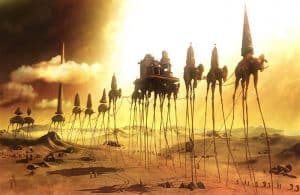
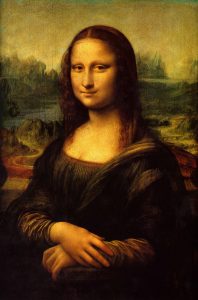
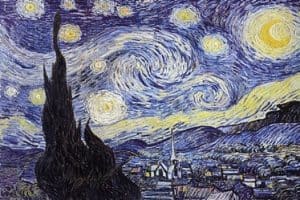
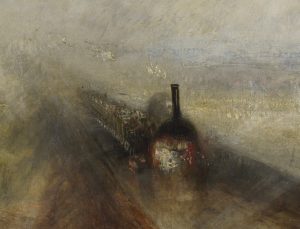
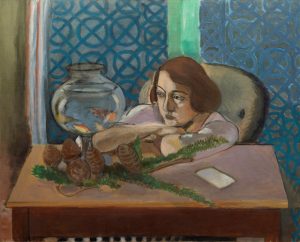
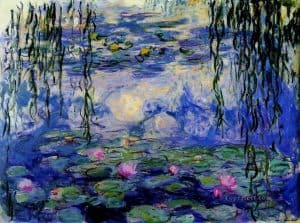
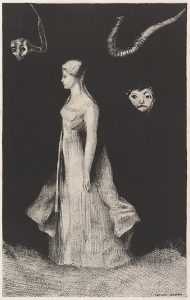
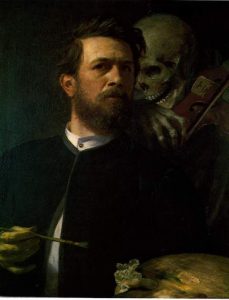
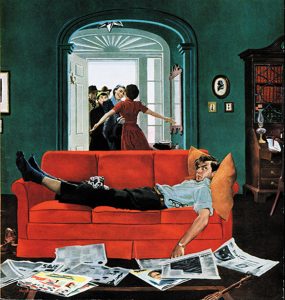
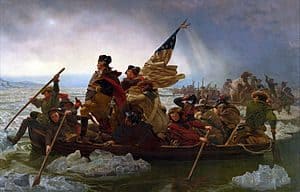
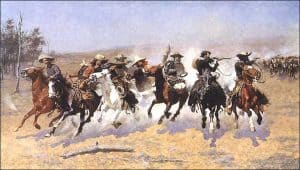
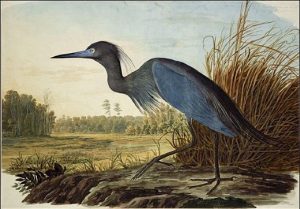
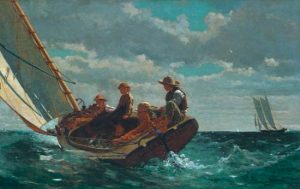
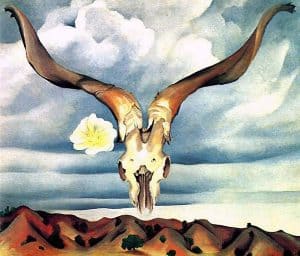
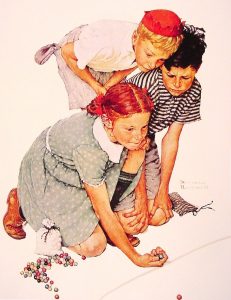
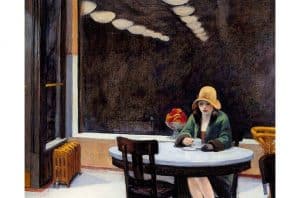











Frida Kahlo is also ISFP
Dali was not an ENFP. That was his personal. He spent a LOT of time to himself when he wasn’t creating something and sharing it with the world. His human design has this genius freak channel of someone who needs to express ideas but he also needed a lot of alone time and was mostly just with his wife. Sure he networked because artists and creators have to, but he was absolutely an INFP. And I’ve seen enneagram 4w3. If you look at his incessant study of the psyche, mind, psychoanalysis, and human behavior you’d see he’s either 5w4 or 4w5. So sick of these mass profiles that are made by people who don’t know the individuals profiles at all.